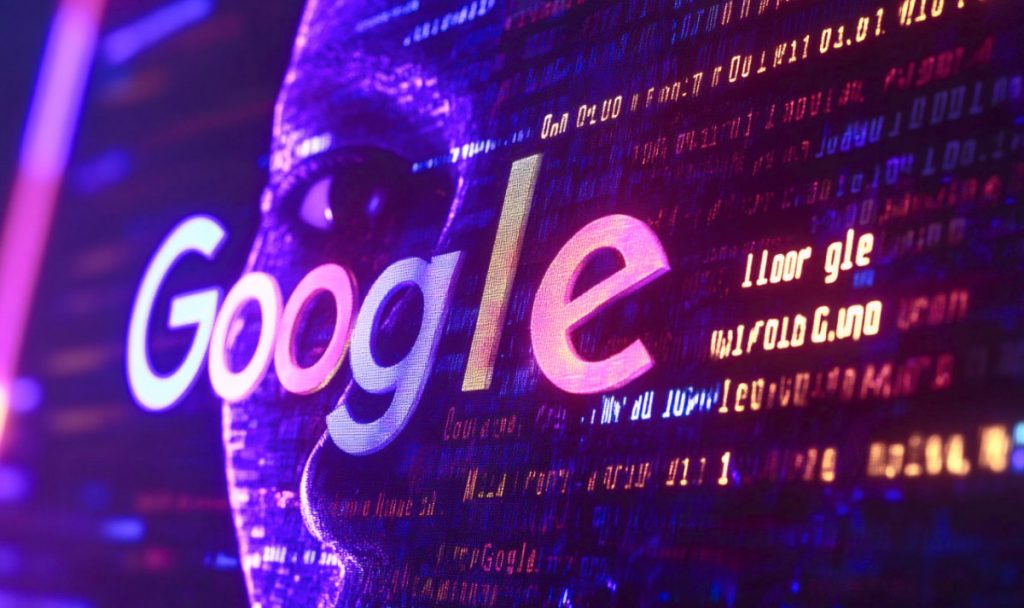Google has launched the Gemini 2.0 Flash AI model, making it accessible to developers eager to implement its capabilities.
In Brief
With the debut of Gemini 2.0 Flash, an innovative addition to the Gemini series, the model brings forth significant performance improvements, supports flexible input and output modes, and offers new features tailored for developers.

Technology company Google Google has officially announced the arrival of Gemini 2.0, the latest AI model in its Gemini series, launching with an experimental version known as Gemini 2.0 Flash.
Following the success of Gemini 1.5 Flash, which quickly became a favorite among developers, the new Gemini 2.0 Flash model not only improves performance but also retains rapid response times. Remarkably, this upgraded model outperforms the 1.5 Pro in crucial benchmarks at double the speed. Furthermore, Gemini 2.0 Flash expands its capabilities to support various input types like images, video, and audio while allowing outputs that combine text with AI-generated visuals and adjustable multilingual text-to-speech. AI model This revolutionary model can directly execute tools like Google Search, run code, and make use of user-defined third-party functions seamlessly.
Currently, developers can access the experimental version of Gemini 2.0 Flash through the Gemini API within Google AI Studio and Vertex AI, supporting multimodal input with text output. Advanced features such as text-to-speech and native image creation are available for select early-access partners, with a wider rollout anticipated in January, along with additional model sizes.
To bolster developers in crafting engaging and interactive applications, Google is also unveiling a new Multimodal Live Application Programming Interface (API). This API enables real-time input for audio and video streaming, giving developers the ability to integrate multiple functionalities for enhanced user experiences.
Beginning today, users globally can experiment with an experimental chat-optimized version of Gemini 2.0 Flash by selecting it from the model menu available on both desktop and mobile web interfaces. Soon, it will also be integrated into the Gemini mobile app.
Through various research initiatives, Google is examining the capabilities of the Gemini 2.0 Flash, looking at how it improves user interactions with advanced features such as multimodal reasoning, extensive context understanding, and the ability to handle complex instructions. These enhancements, paired with reduced latency, lay the groundwork for a new wave of autonomous applications.
Research projects at Google are centered around how AI agents can assist with real-world tasks, targeting productivity improvements and workflow efficiencies. Examples include the refined Project Astra, exploring the potential of a universal AI assistant; Project Mariner, which redefines human-agent interactions starting from web experiences; and Jules, an AI-powered coding assistant designed to aid developers in their tasks. Utilizing the Gemini 2.0 Flash in these projects has allowed Google to assess its potential and achieve impressive results, underscoring the model's vast possibilities. AI experiences .
Presently, Google Please be advised that the content shared on this page is for informational use only and should not be regarded as legal, tax, investment, financial, or other kinds of advice. Always invest responsibly and consider seeking independent financial counsel if you have uncertainties. For further insights, we encourage reviewing the terms and conditions along with the help resources offered by the issuer or advertiser. MetaversePost aims for accurate, impartial reporting, yet market dynamics can change unexpectedly.
Disclaimer
In line with the Trust Project guidelines Alisa, a passionate journalist at MetaversePost, focuses on areas such as cryptocurrency, zero-knowledge proofs, investments, and the expansive world of Web3. With a sharp understanding of emerging trends and technologies, she provides thorough coverage to keep readers informed and engaged in the constantly changing landscape of digital finance.







